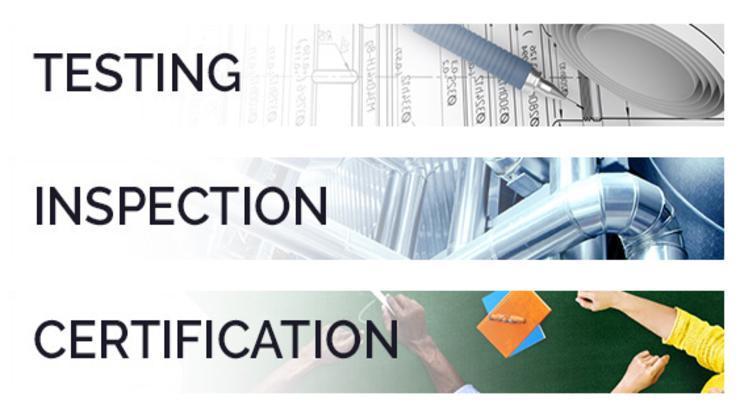-
Noticias Feed
- EXPLORE
-
Páginas
-
Blogs
-
Foros
Global Testing Inspection Certification Market Insights and Future Outlook | 2035

The global market for Testing, Inspection, and Certification (TIC), while appearing to be a staid and technical industry, is in fact an arena of intense and sophisticated competition where global giants battle for trust, reputation, and market share. A close examination of the Testing Inspection Certification Market Competition reveals a rivalry that is fought on several key fronts: the breadth of global footprint and accreditations, the depth of technical expertise in specific industries, and, increasingly, the ability to leverage technology to deliver services more efficiently. The competitive landscape is a classic oligopoly at the top, with a handful of major players competing for the largest multinational contracts, while a highly fragmented "long tail" of thousands of smaller labs competes for local and niche business. The market's steady and non-discretionary growth ensures that this rivalry remains fierce. The Testing Inspection Certification Market size is projected to grow USD 106.98 Billion by 2035, exhibiting a CAGR of 4.88% during the forecast period 2025-2035. This expansion creates a high-stakes environment where the major players must continuously invest in new technologies and acquisitions to defend their market leadership and expand into new, high-growth service areas.
The primary basis of competition among the major global TIC giants, such as SGS, Bureau Veritas, and Intertek, is scale and scope. Their key competitive advantage is their unparalleled global network of laboratories and inspectors. For a major multinational retailer that sources products from hundreds of factories in dozens of different countries, a global TIC provider like Intertek can offer a single, unified program to inspect all those factories and test all those products against the different regulatory requirements of North America, Europe, and Asia. This ability to provide a consistent, "one-stop-shop" service on a global scale is a massive competitive moat that smaller, regional providers cannot cross. The major players also compete on the breadth of their accreditations. They invest heavily to maintain accreditations from hundreds of different government bodies and industry associations around the world, which allows them to certify products for a vast range of markets. This breadth of capability is a key differentiator when competing for large, multi-service, multi-country contracts.
While the giants compete on scale, the thousands of smaller, specialized laboratories compete on the basis of deep expertise and agility. A small lab might be the world's leading expert in testing a specific type of advanced material, or in providing a highly specialized calibration service. They win business not by offering a broad portfolio, but by being the undisputed best at one specific thing, often serving as a specialized subcontractor to the major TIC giants. A new and increasingly important competitive front for all players is technology. The industry is being transformed by digitalization. The leading firms are competing by investing in online platforms that allow clients to book services and access reports digitally. They are using IoT sensors for remote inspection and monitoring, and they are beginning to use AI and data analytics to provide their clients with more predictive insights, moving from simply testing a product to helping a client predict and prevent quality issues in their manufacturing process. The firms that are most successful at integrating these new digital tools into their traditional service offerings will have a significant competitive advantage in the future. The Testing Inspection Certification Market size is projected to grow USD 106.98 Billion by 2035, exhibiting a CAGR of 4.88% during the forecast period 2025-2035.
Top Trending Reports -
Japan Operational Technology Security Market


